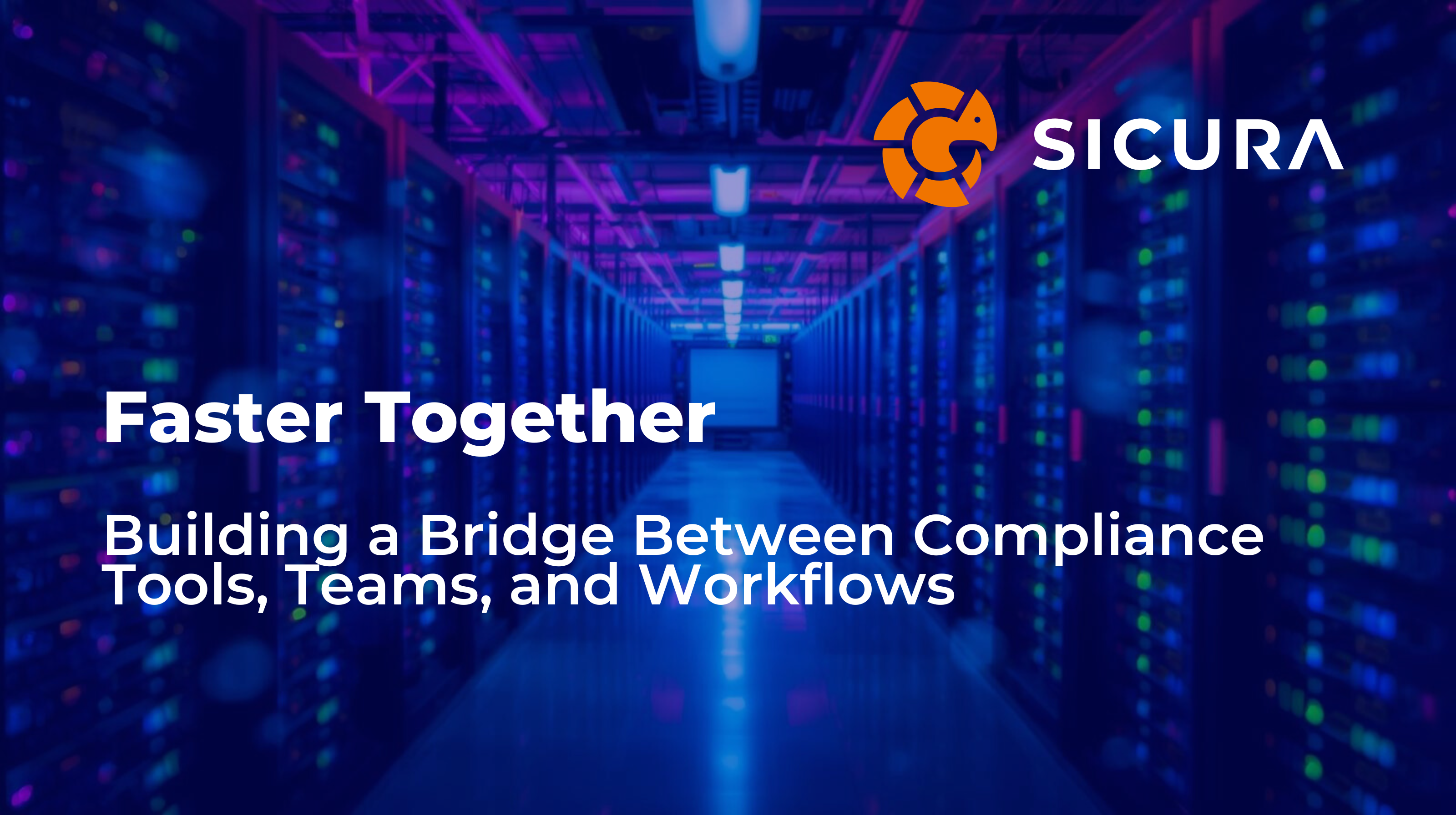This is Security Control Management
Security Control Management (SCM) is the next evolution in securing your IT environment.
Traditional compliance and configuration management tools focus on documenting issues or highlighting drift, but today’s security challenges demand more: continuous, automated enforcement of baseline controls throughout your infrastructure.

Defining Security Control Management
Security Control Management (SCM) integrates enforcement into the very fabric of your infrastructure — across every control, every environment, and every deployment model.
Enforce Policy Controls
Automate control selection with security profiles that align and update with your environment.
.webp)
Continuously Enforce
Continuously enforce baseline security parameters, ensuring critical systems always operate within secure, compliant boundaries.
.webp)
Rapidly Remediate
Rapidly remediate deviations and misconfigurations to minimize risk and exposure.
.webp)
Why Security Control Management Matters
Modern organizations face relentless change—new devices, evolving threats, and increasing regulatory complexity. Traditional approaches— manual audits, static compliance scans, and point-in-time configuration checks—fall short because they can’t keep up.
How Does Security Control Management Work?
Automate Remediation
Instantly returns misaligned systems to compliance by enforcing baseline parameters—without manual intervention.
Detect Drift
Monitors endpoints and workloads for any deviation from the defined security posture.
Enforce Continuously
Automate compliance drudgery. No more endless back-and-forth between security and engineering—just clean, fast execution.
Align With Secure-by-Design
Implements CISA Secure-by-Design principles, embedding security into every layer of your infrastructure lifecycle.
Assess Current State
Rapidly inventories and measures your environment against established security controls (using frameworks such as CISA, NIST, and industry-specific baselines).
SCM vs. Legacy Compliance
How Sicura compares to traditional tools in real-world implementation
Features
Traditional Tools
Security Control Management (SCM)
Traditional Tools
Security Control Management (SCM)
Who Uses Security Control Management?
Organizations in regulated industries (public sector, healthcare, finance, critical infrastructure, energy, and defense) benefit most from SCM. If your business faces steep compliance obligations, a constantly evolving attack surface, or high operational risk, SCM brings you peace of mind by:
.webp)

.webp)
.webp)
.webp)
.webp)
%20(3).png)


.png)

